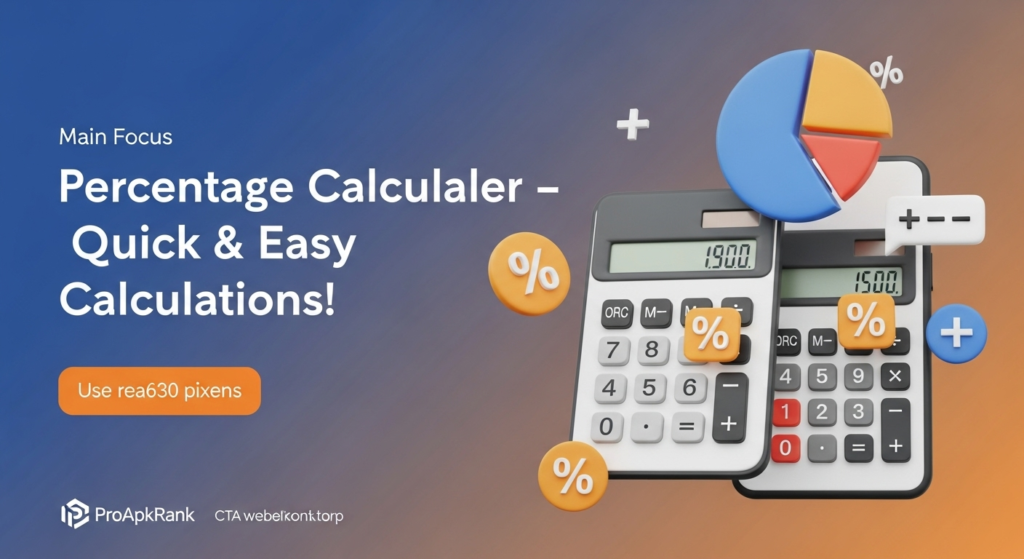
Please provide any two values below and click the "Calculate" button to get the third value.
Basic Percentage Calculator
Percentage Difference
Percentage Change
Percentage in Common Phrases
Understanding Percentages
In mathematics, a percentage is a number or ratio that represents a fraction of 100. It is one of the ways to represent a dimensionless relationship between two numbers; other methods include ratios, fractions, and decimals. Percentages are often denoted by the symbol "%" written after the number. They can also be denoted by writing "percent" or "pct" after the number. For example, 35% is equivalent to the decimal 0.35, or the fraction 35/100.
Percentage Formula
Although the percentage formula can be written in different forms, it is essentially an algebraic equation involving three values:
P × V1 = V2
Where:
- P is the percentage
- V1 is the first value that the percentage will modify
- V2 is the result of the percentage operating on V1
Solution: 0.20 × 150 = 30
Percentage Difference Formula
The percentage difference between two values is calculated by dividing the absolute value of the difference between two numbers by the average of those two numbers:
Percentage Difference = (|V1 - V2|) / [(V1 + V2)/2] × 100
Solution: (|10 - 6|) / [(10 + 6)/2] × 100 = (4 / 8) × 100 = 50%
Percentage Change Formula
Percentage increase and decrease are calculated by computing the difference between two values and comparing that difference to the initial value:
Percentage Change = (Vnew - Vold) / Vold × 100
Solution: (550 - 500) / 500 × 100 = 10% increase